As more people adopt high-level synthesis (HLS) they start to worry about what is the best design flow to be using. This is especially so for verification since it forms such a large part of the effort on a modern SoC. The more people rely on HLS for producing their RTL from C, the more they realize they had better do a good job of verifying… Read More
Author: Paul McLellan
TSMC OIP: Soft Error Rate Analysis
Increasingly, end users in some markets are requiring soft error rate (SER) data. This is a measure of how resistant the design (library, chip, system) is to single event effects (SEE). These manifest themselves as SEU (upset), SET (transient), SEL (latch-up), SEFI (functional interrupt).
There are two main sources that cause… Read More
Xilinx At 28nm: Keeping Power Down
Almost without exception these days, semiconductor products face strict power and thermal budgets. Of course there are many issues with dynamic power but one big area that has been getting increasingly problematic is static power. For various technical reasons we can no longer reduce the voltage as much as we would like from one… Read More
Asian Embargoes
[This blog embargoed until 10am China time]
An interesting thing happened to me this week. I had two press briefings. No, that wasn’t the interesting thing and if you have sat through a press briefing you will not regard them as recreation. I do it for you, Semiwiki readers. Even though, as this week, the briefings are given … Read More
SpyGlass: Focusing on Test
For decades we have used a model of faults in chips that assumes that a given signal is stuck-at-0 or stuck-at-1. And when I say decades, I mean it. The D-algorithm was invented at IBM in 1966, the year after Gordon Moore made a now very famous observation about the number of transistors on an integrated circuit. We know that stuck-at… Read More
Base Stations Move Away From Fixed Architecture DSP
Handsets moved away from fixed architecture DSP some time ago, driven by two main factors. Fixed architecture DSP consumed too much power to get good battery life in the smart-phone era, but the consumer air interface was changing fast: W-CDMA, HSPA, WiMax, 3G, LTE (which is actually a whole ‘spectrum’ of different… Read More
3D: the Backup Plan
With the uncertainties around timing of 450mm wafers, EUV (whether it works at all and when) and new transistor architectures it is unclear whether Moore’s law as we know it is going to continue, and in particular whether the cost per transistor is going to remain economically attractive especially for consumer markets … Read More
Microsoft Buys Nokia
OK. I was wrong. Microsoft did buy Nokia’s handset business. For $7.2B, which for a company that just wrote off nearly $1B on tablets isn’t that much. Nokia is a company that had a peak valuation of $110B although it is not clear how much of that is in the deal versus out of the deal.
Details from Reuters here.
Elop is expected… Read More
Analog ECOs and Design Reviews: How to Do Them Better
One of the challenges in doing a complex analog or mixed signal design is that things get out of step. One designer is tweaking the schematic and re-simulating, another is tweaking the layout of transistors, another is changing the routing. This is not because the design flow is messed up, but rather it reflects reality. If you wait… Read More
A Brief History of TSMC OIP
The history of TSMC and its Open Innovation Platform (OIP) is, like almost everything in semiconductors, driven by the economics of semiconductor manufacturing. Of course ICs started 50 years ago at Fairchild (very close to where Google is headquartered today, these things go in circles). The planarization approach, whereby… Read More


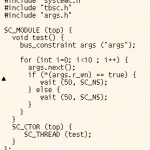
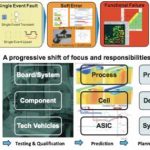
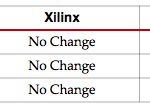

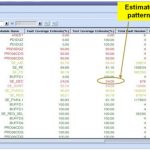

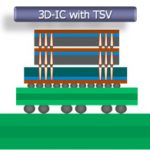

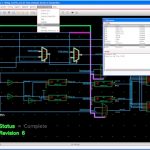
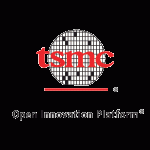







PDF Solutions Charts a Course for the Future at Its User Conference and Analyst Day